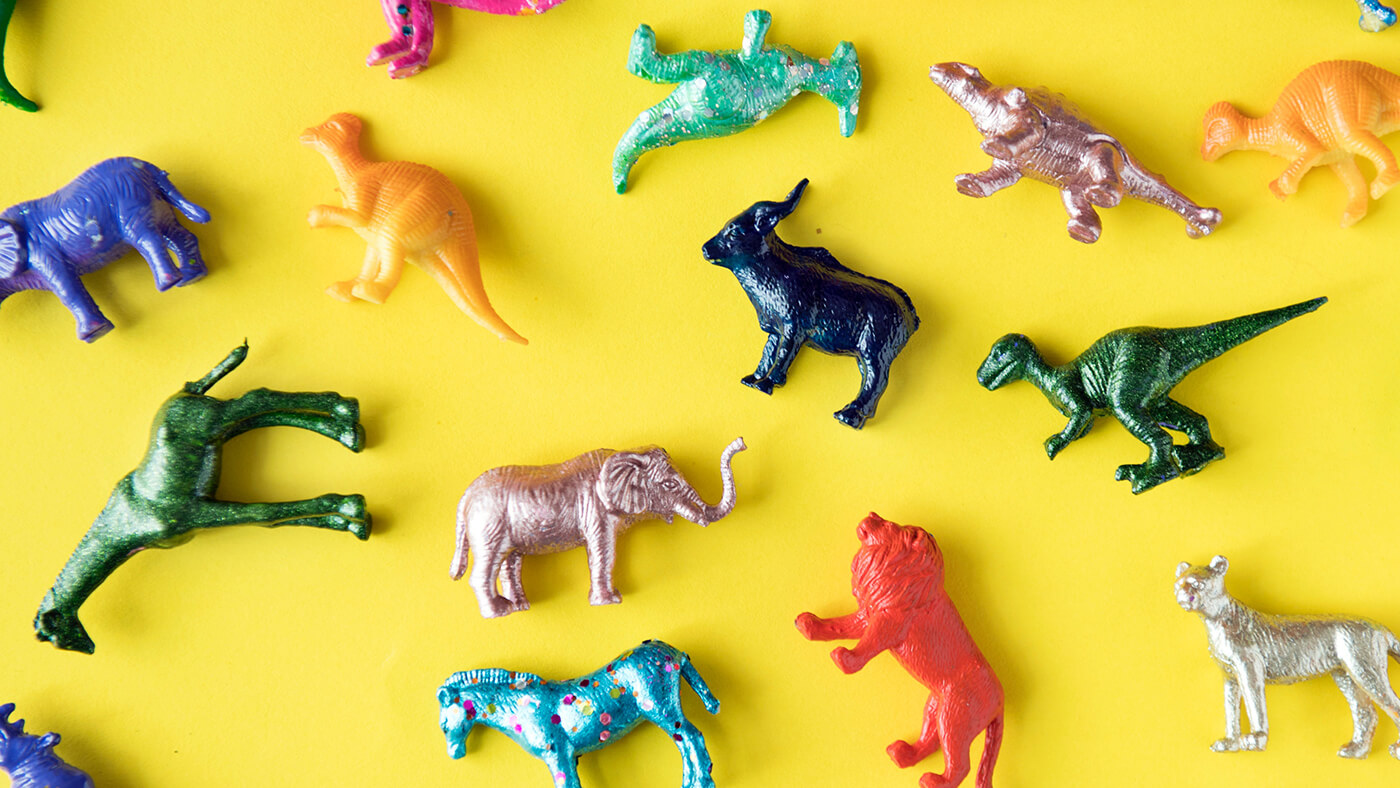Let’s face it, everyone’s excited—and in a hurry—to see how the site will look and feel. Trouble is, there are plenty of steps that precede this one in a solid workflow.
In response to this nagging cart-before-the-horse dilemma, we’ve incorporated into our process the aptly named Visual Inventory. By creating an honest dialogue with clients early in the process and asking tons of high-level, visually based questions, we uncover valuable input that helps to answer that monumental question: “What should the new site look like?”—and more importantly, how should it feel?
The Audition
At our studio, we use a simple Keynote presentation as a catalyst to promote discussion with clients about how they see their brand being communicated on the web. What style aspects are worth (and not worth) aligning to? Which are the most appropriate (and not appropriate at all)?
While a visual inventory can be useful at any phase of the project, we find it especially helpful to conduct as a kickoff to the style exploration phase. By comparing curated samples from the web and weighing each against the design principles we’ve established for the project, we gain the clarity that enables us to focus our creative efforts. We can immediately home in on approaches that resonate with our client’s vision and goals.
The categories we like to include in this exercise are—at minimum—typography and color scheme. However, for more robust groups, it may make sense to conduct inventories that include aspects such as positioning, tone, and motion.
